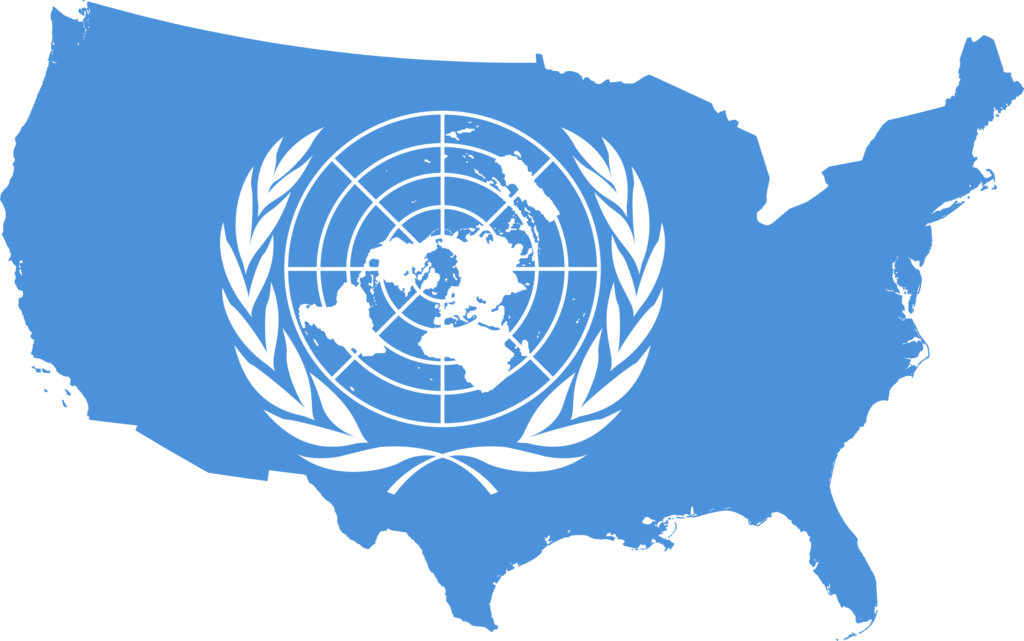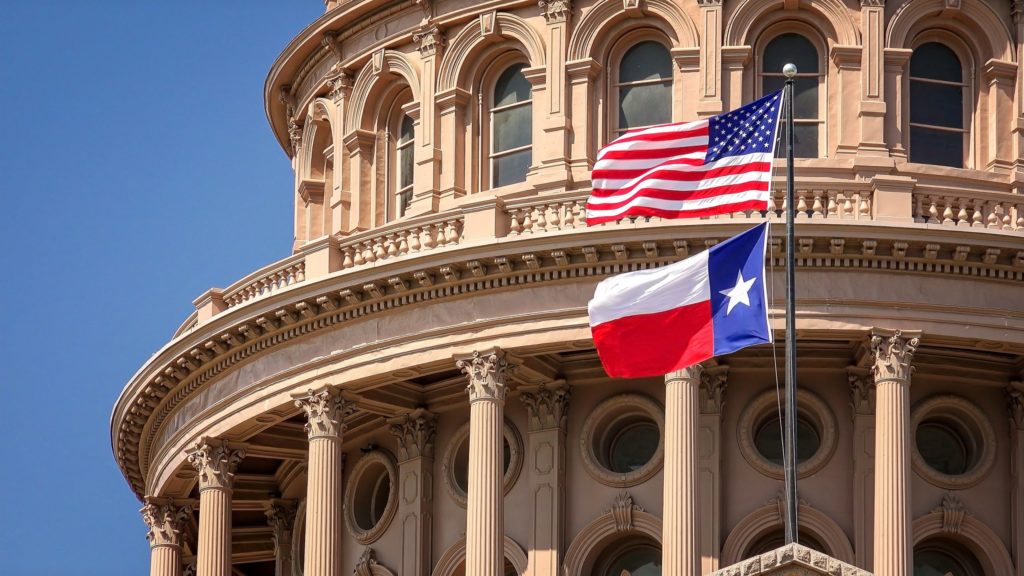ITC’s Overbroad Jurisdiction Pulls U.S. Trade Agency into European SUV Dispute

British automobile conglomerate Jaguar Land Rover recently filed a Section 337 complainant at the U.S. International Trade Commission against German automobile conglomerate Volkswagen. Jaguar accuses Volkswagen of importing vehicles under four different brands (Audi, Lamborghini, Porsche, and Volkswagen) that infringe its patent for a switch that lets drivers choose between different off-road driving modes.
As noted in a previous post, Jaguar has a weak domestic industry argument in which it relies on investments in U.S. sales and service operations for its entirely foreign cars. But there appear to be me even more reasons why this particular patent dispute does not belong at the ITC.
In response to the complaint, Volkswagen has filed a statement with the agency describing the parties’ ongoing lawsuit in district court and criticizing Jaguar’s ITC complaint as “nothing more than a high-stakes gambit to leverage the threat of significant injunctive relief” in order to “force Volkswagen AG and its subsidiaries into a broad settlement.” The statement notes that the district court litigation is scheduled to go to trial “less than three months from now, in February 2021.” That means that all relevant legal issues will already be decided by an Article III judge before the ITC investigation even really gets started.
Volkswagen also takes issue with the complainant’s attempt to block imports of entire automobiles over a patent “directed . . . to barely more than a few buttons associated with a single control system within an automobile comprised of thousands of unrelated and more important components, parts and systems.”
These concerns will have no influence on the ITC’s decision to institute the investigation, but they do reveal some important policy problems that stem from the agency’s overlapping jurisdiction with federal courts.
The vast majority of ITC patent investigations are conducted alongside a parallel district court lawsuit. Most of those lawsuits are filed by the patent owner around the same time as they file their Section 337 complaint, in which case the ITC can potentially finish its investigation and issue an exclusion order before a judge or even the Patent Office has had a full chance to review the validity of the patent.But there’s nothing preventing a patent owner from filing an ITC complaint in the middle or even the late stages of ongoing litigation.
In such a scenario, it is impossible to contend that the respondent is an unreachable foreign manufacturer operating beyond the effective jurisdiction of U.S. courts, because the respondent is already litigating in court. Nor can it be argued that ITC litigation will help the complainant receive more rapid relief than they could in court, because the court proceedings will surely finish first.
Instead, the value of Section 337 to complainants like Jaguar in this case is the ability to impose additional litigation costs hoping to prompt a quicker and more favorable settlement. In this case, the ITC’s overlapping jurisdiction most clearly serves no trade or patent policy objective while promoting unnecessary litigation and legal gamesmanship.








